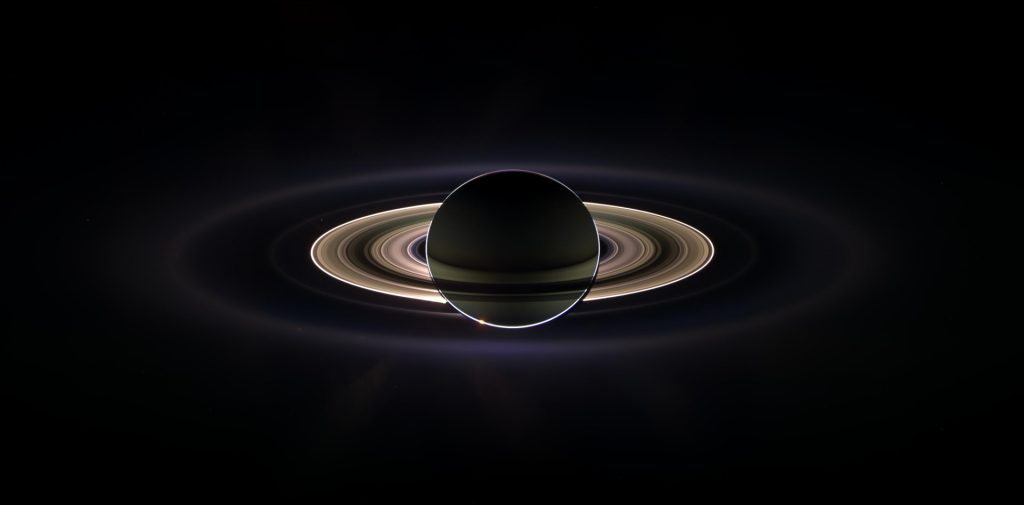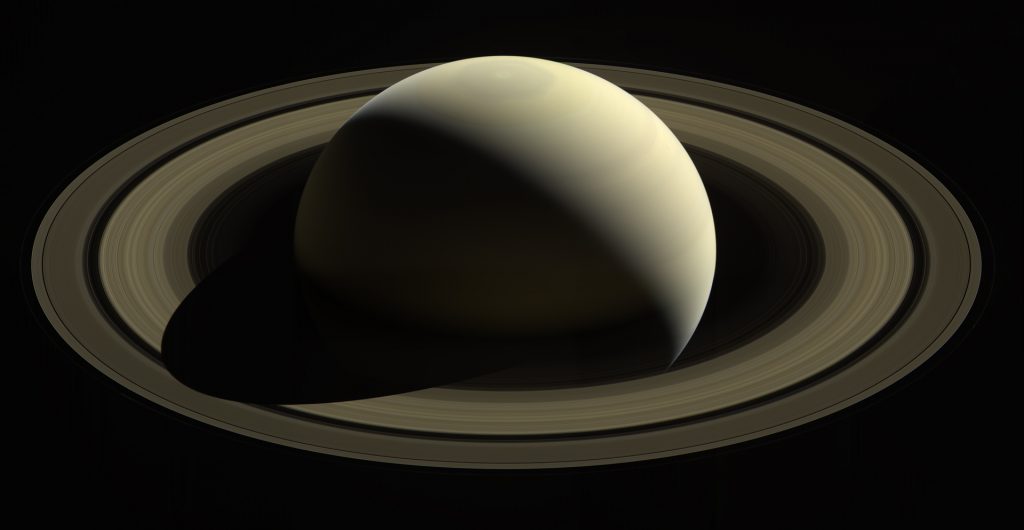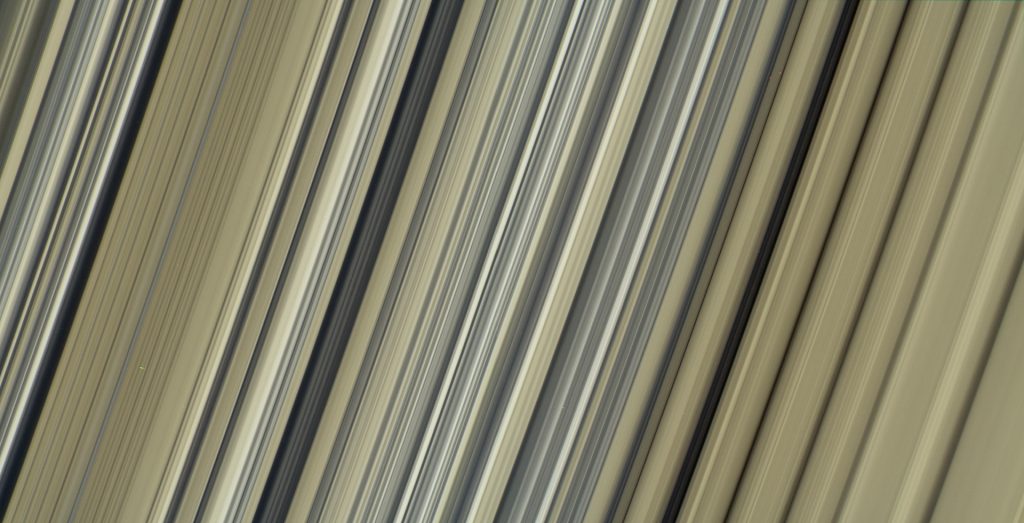Cassini: A Grand Finale
During my ongoing literature review I often discover interesting facts about things I’ve never thought about. Sometimes I can connect these facts with my own observations: The result is mostly a completely new idea why things are as they are. Maybe these ideas are new to you, too. Therefore I’ll share my new science based knowledge with you!
This week: This time, I think about the end of the Cassini mission which analyzed Saturn for 13 years.
Almost 20 years ago, on 15.10.1997, the Cassini orbiter was launched from Cape Canaveral to begin its 7 year-long journey to Saturn where it arrived on 01.07.2004. However, the Cassini orbiter was not alone on this long journey as it carried along the Huygens probe which was released on 24.12.2004 and subsequently began its three-week flight to Titan, Saturn’s largest moon, where it landed on 14.01.2005.

In Saturn’s Shadow – NASA/JPL/Space Science Institute, Feb 3, 2016.
Since the successful orbit insertion, Cassini completed 294 orbits around Saturn, took 453,084 images and collected 635 GB of data. Depending on the position of Saturn relative to the Earth, a one-way transmission travelling at the speed of light from Cassini took 67 to 85 minutes to reach Earth. Cassini also performed 162 moon flybys of which 127 where aimed at Titan and 23 at Enceladus.

So Far from Home – NASA/JPL-Caltech/Space Science Institute, Sep 11, 2017.
Unfortunately, after 13 years of orbiting Saturn, the Cassini orbiter was running low on fuel thus reaching the end of its lifetime. However, in order to keep Saturn’s moons pristine, Cassini was not just switched off which potentially could have resulted in the orbiter crashing into one of the moons. Instead, Cassini’s orbit was adjusted so that it intersected with Saturn’s atmosphere thus resulting in the spacecraft’s breakeup on 15.09.2017 marking the official end of the mission.
Before this dramatic end of the mission, Cassini performed a spectacular grand finale by flying several times through the gap between Saturn and the planet’s rings thus collecting unprecedented data providing great insights into the rings‘ structure.

Colorful Structure at Fine Scales – NASA/JPL-Caltech/Space Science Institute, Sep 7, 2017.
At the loss of signal, after the spacecraft has plunged into Saturn’s upper atmosphere, the Cassini orbiter was travelling at a speed of 111,636 kph relative to Saturn. However, although the orbiter’s mission now is over, the scientific analyses of the collected data has just begun. This especially is the case as the probe was transmitting data until the very last moment thus potentially allowing us to learn more about Saturn’s atmosphere.
Thank you, Cassini!